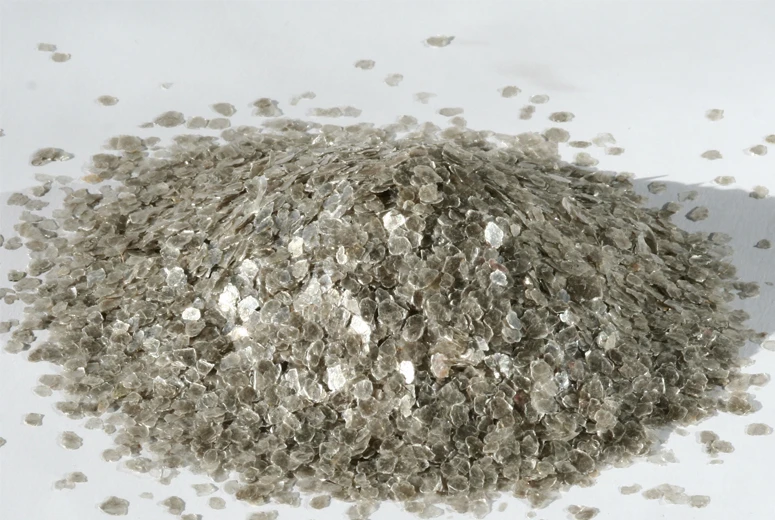pearl white pigment
The Allure of Pearl White Pigment A Blend of Aesthetics and Application
Pearl white pigment has captivated artists and manufacturers alike with its stunning iridescent qualities and versatile applications. This unique pigment, often derived from natural sources such as mica or synthetic compounds, provides a lustrous finish that can elevate the visual appeal of various products. In this article, we will explore the characteristics, uses, and benefits of pearl white pigment, delving into why it has become a popular choice across multiple industries.
Characteristics of Pearl White Pigment
One of the most striking features of pearl white pigment is its ability to refract light, creating an optical effect that mimics the sheen of actual pearls. This characteristic is due to the layered structure of the pigment particles, which scatter light in different directions. The result is a shimmering effect that changes with the angle of light and viewing position, adding depth and dimension to any surface it adorns.
Pearl white pigment is typically non-toxic and environmentally friendly, making it suitable for a wide range of applications, including cosmetics, coatings, plastics, and arts and crafts. Its chemical stability ensures that it does not fade easily, maintaining its brilliance even when exposed to sunlight or harsh conditions. Additionally, it is resistant to moisture and solvents, which enhances its durability in various environments.
Applications of Pearl White Pigment
The applications of pearl white pigment are vast and varied, showcasing its versatility. In the cosmetics industry, it is a favored ingredient in makeup products such as eyeshadows, highlighters, and lip glosses. Its reflective properties help to create a radiant, luminous finish, enhancing the skin's natural glow.
In the realm of artistic painting, pearl white pigment is used by artists to add a unique twist to their work. Whether in oil paints, acrylics, or watercolors, it brings a new dimension to traditional artworks, allowing for innovative techniques and effects. Painters often mix it with other colors to create soft highlights and vibrant contrasts.
pearl white pigment

The automotive industry also benefits from this amazing pigment. Pearl white finishes on cars are highly sought after for their aesthetic appeal, offering a luxurious touch that stands out. Manufacturers often employ pearl white pigments in the paint formulations to achieve that coveted iridescent effect, captivating car enthusiasts and consumers alike.
Furthermore, pearl white pigment finds its way into the packaging design sector, where its reflective qualities make products more eye-catching on store shelves. Whether used in luxury goods or everyday items, packaging that incorporates pearl white pigment can convey a sense of sophistication and quality.
Benefits of Using Pearl White Pigment
The benefits of incorporating pearl white pigment into products are numerous. For manufacturers, the ability to differentiate a product on the market is critical, and the stunning visual effects created by this pigment can significantly enhance a product's appeal. Consumers are often drawn to visually striking items, which can lead to increased sales and consumer loyalty.
Additionally, pearl white pigment contributes to sustainability efforts. Many formulations that utilize this pigment are more environmentally friendly than fluorescent or synthetic alternatives, aligning with the growing consumer demand for eco-conscious products.
On an artistic level, pearl white pigment allows for greater creativity and expression. Artists can experiment with textures and techniques enabled by this pigment, expanding the boundaries of traditional art forms.
Conclusion
In summary, pearl white pigment stands out as a remarkable substance that combines aesthetics with practicality. Its unique optical properties and versatility make it a favored choice in various industries, from cosmetics to automotive finishes. As the demand for visually appealing and environmentally responsible products continues to grow, the allure of pearl white pigment is unlikely to fade. Embracing this pigment allows manufacturers and artists alike to create captivating experiences that resonate with consumers on a deeper level, enriching their lives with beauty and creativity.
-
Transforming Surfaces with Mica-Enhanced Paints in Coatings and DecorationNewsJul.02,2025
-
The Ultimate Guide to Mica-Based Luminous Colors with Pearlescent PigmentNewsJul.02,2025
-
The Critical Role of Mica in Industrial Applications in Welding and Oil FieldsNewsJul.02,2025
-
Revolutionizing Automotive Aesthetics with Modified Plastics Pearlescent PigmentsNewsJul.02,2025
-
The Secret with Mica Powder for Cosmetics Behind Radiant, Natural MakeupNewsJul.02,2025
-
Enhancing Performance in Polymer Applications with Mica Powder for RubberNewsJul.02,2025
Products categories









